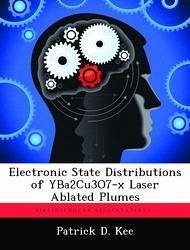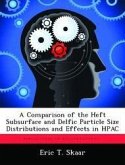Emission from YBCO laser-ablated plumes was studied to characterize the PLD process. A KrF laser was used to ablate a bulk YBCO target at oxygen pressures ranging from 50-400 mTorr. Spectra were collected for the 500-860 nm bandpass at target distances ranging from 31.4-55.0 mm. Line fluences were corrected for self-absorption, and state distributions were calculated using recently updated transition probabilities. Electronic temperatures ranged from 0.28 0.01 eV to 0.37 0.03 eV for Y I, 0.28 0.01 eV to 0.35 0.03 eV for Ba I, and 0.40 0.02 eV to 0.48 0.05 eV for Cu I-consistent with prior literature. Results were insensitive to position and oxygen pressure. Spectrally-filtered imagery was used to determine plume velocities, shock strengths, and time-of-flight curves. Effects of time-varying temperatures and number densities on observed state distributions were modeled, predicting a slight elevation of Cu temperatures compared to Ba. However, this was not sufficient to explain experimental results. Surprisal analysis of state distributions resulted in linear constraints, consistent with an exponential gap law for electronic excitation.
Hinweis: Dieser Artikel kann nur an eine deutsche Lieferadresse ausgeliefert werden.
Hinweis: Dieser Artikel kann nur an eine deutsche Lieferadresse ausgeliefert werden.








